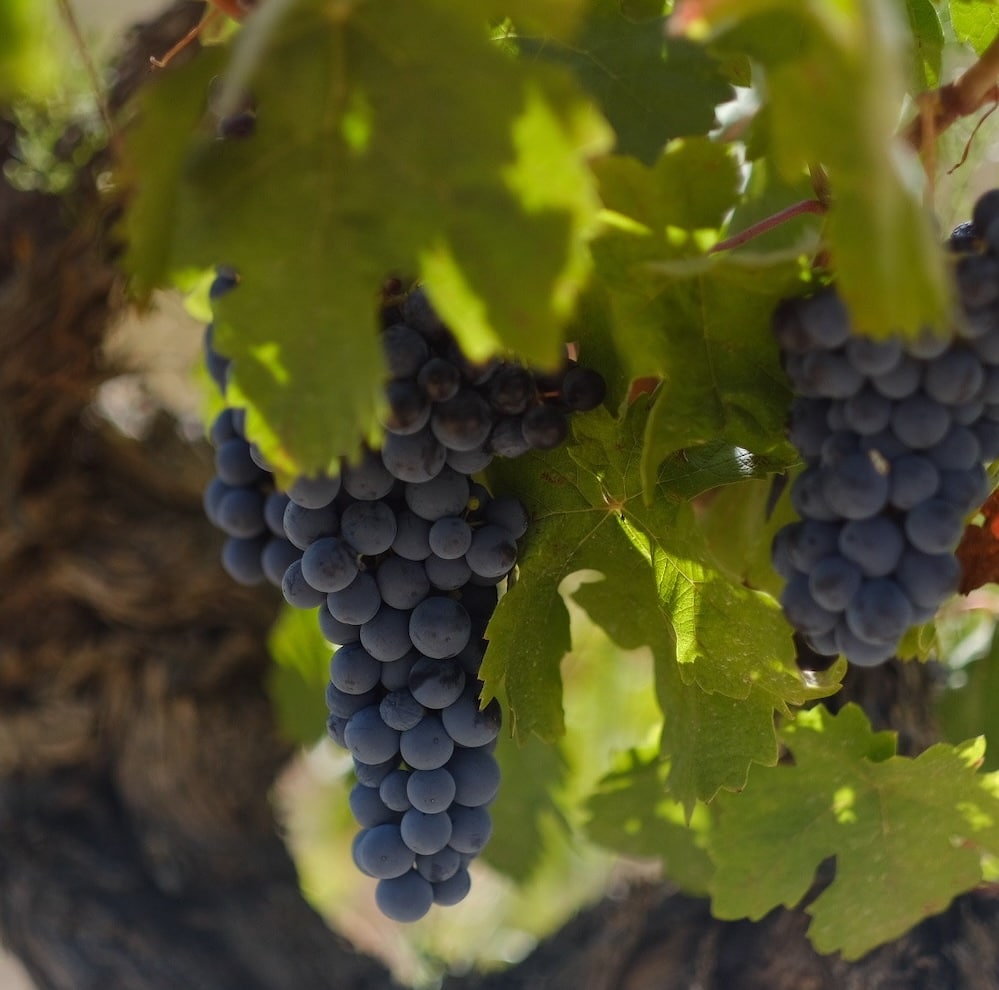Life Lesson #1: Resilience Takes Root in Extremes
The landscape of Castilla y León is as unforgiving as it is beautiful. High above sea level, the vineyards of Ribera and Rueda endure blistering heat by day and bone-chilling cold by night. It’s a climate that challenges everything—except the will of the vine and the vision of the winemaker.
That’s why the wines here are so distinct.
In Ribera del Duero, the native Tempranillo—affectionately called Tinto Fino—produces small, thick-skinned berries. These grapes deliver deep color, bold tannins, and structure built for aging. Think of it as the Spanish cousin of Napa Cabernet, with more restraint and more soul.
Just south in Rueda, the white grape Verdejo flourishes under moonlit mechanical harvests and deep-rooted vines in sandy soils. The best examples deliver mouthwatering acidity, wild herbs, citrus, and a mineral finish that lingers like good advice.
What it teaches us: Sometimes the harshest conditions yield the most profound beauty. Character—like complexity—develops when the stakes are high.
Life Lesson #2: Patience Isn’t Just a Virtue—It’s a Vintage
Winemaking is a waiting game. Great wines aren’t rushed. They are watched. Tasted. Left alone when needed. Guided when ready.
In Ribera del Duero, winemakers often age their reds for years—Crianzas, Reservas, and Gran Reservas are benchmarks of slow, intentional development. These wines demand time in oak, then time in bottle, before they’re even allowed to speak.
Meanwhile, Rueda’s Verdejo—often thought of as a “drink now” wine—is rewriting that rule. Styles like lees-aged Verdejo or oak-aged versions reveal rich textures, creamy depth, and remarkable aging potential.
Lesson learned: Whether in the barrel or in life, growth happens below the surface. Trust the process. Greatness takes time.
Life Lesson #3: Heritage Anchors Us. Innovation Propels Us.
Ribera and Rueda aren’t newcomers. These are 2,000-year-old wine cultures, shaped by monks, kings, and centuries of devotion. Ribera’s story begins with the Vacceans and unfolds through Benedictine monks who brought winemaking mastery in the 12th century. In Rueda, Cistercian orders championed innovation as far back as the 11th century.
Today, winemakers honor that history while rewriting it.
In Rueda, Verdejo is being fermented in concrete eggs, large format oak, and acacia barrels, building complexity without losing freshness. In Ribera, Tempranillo is joined by experimental varietals like Cabernet Sauvignon and Garnacha, sometimes blended, sometimes solo, always intentional.
Trade professionals take note: This duality—heritage and forward-thinking—is what gives Ribera and Rueda their edge. You’re not just selling a region. You’re sharing a renaissance.
Life Lesson #4: Community Is the Vintage That Keeps Giving
Walk through the harvest in either region, and you’ll see what real collaboration looks like. Hand-harvested old vines, neighbors sharing presses, and nights that run into dawn. This is not just a job. It’s a tradition, passed through families and friendships.
The unified marketing of “Ribera y Rueda” is proof that even competitors understand they’re stronger together. Ribera’s structured reds and Rueda’s refreshing whites don’t compete. They complete the table.
Wine, after all, was never meant to be consumed alone. These wines remind us: Success is sweeter when it’s shared.
Life Lesson #5: You Are the Blend of Every Vintage
Blending is winemaking’s highest art form. In Ribera, Tempranillo might be softened by Merlot or strengthened with Cabernet. In Rueda, Verdejo can be fresh and zesty, or round and silky depending on whether it’s aged on lees or oak-kissed.
Our lives are the same.
Every experience—every success, every setback—adds something to our personal blend. Like a winemaker deciding which barrels make the cut, we refine who we are over time.
And when we’re ready? We pour ourselves into the world.
For the Trade: Why This Matters to Your Program
If you’re a sommelier, restaurant group, or retail buyer, Ribera and Rueda offer wines that resonate with today’s consumers:
- Verdejo is on the rise, outperforming Sauvignon Blanc on value, quality, and food pairing range.
- Tempranillo from Ribera is Spain’s answer to Bordeaux—structured, age-worthy, with offerings at every price point.
- These regions have media momentum and authenticity to back it up—from Decanter to Wine Enthusiast, to José Andrés naming Verdejo a food wine icon.
- For by-the-glass programs: Ribera offers compelling value and ageable elegance. Rueda brings versatility, freshness, and affordability.
These aren’t just Spanish wines. They’re legacy wines—offering your guests and customers a chance to discover something meaningful and memorable.
So, What Does This Mean for You?
Every time you pour a glass of Ribera Tempranillo, you’re tasting more than red fruit and spice—you’re sipping the story of generations. Every Verdejo from Rueda is a celebration of patience, purity, and Spanish ingenuity.
These are wines that reflect who we are at our best:
- Bold and thoughtful.
- Grounded, but open to growth.
- Rich with stories that deserve to be shared.
Explore. Taste. Reflect.
And maybe—just maybe—let Spain’s most soulful wines teach you something about your own.
